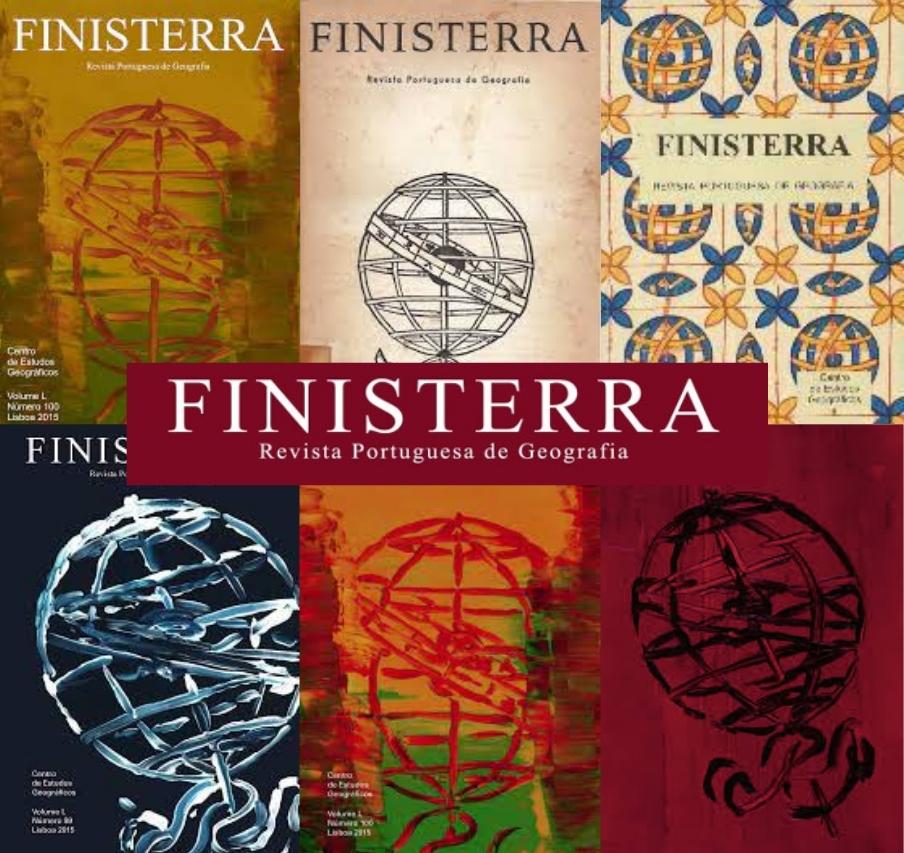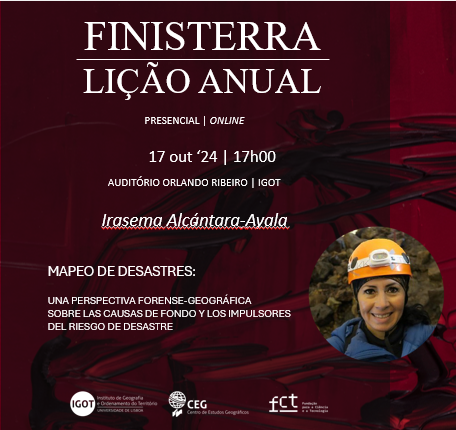Thermal extremes mortality risk assessment in urban areas
DOI:
https://doi.org/10.18055/Finis1358Abstract
The impact of heat waves on mortality has been the subject of numerous studies and the focus of attention of various national and international governmental bodies. In the summer of 2003 alone, which was exceptionally hot, the number of deaths in 12 European countries increased by 70,000. The overall trend of warming will lead to an increase in frequency, duration and intensity of heat waves and to an increase in heat related mortality. The need to assess the risk of death due to extreme heat, at a detailed spatial scale, has determined the implementation of a research project based on a general model of risk for potentially destructive natural phenomena; the model uses the relationship between hazard and vulnerability and was designed primarily for urban areas. The major hazardous meteorological variables are those that determine the thermal complex (air temperature, radiative temperature, wind and humidity) and the variables related to air quality (mainly ozone and Particulate matter). Vulnerability takes into account the population sensitivity (at various spatial scales) and their exposure to thermal extremes.Downloads
Downloads
How to Cite
Issue
Section
License
-
The opinions expressed in the texts submitted to Finisterra are the sole responsibility of the authors.
-
Authors retain copyright and grant the journal the right of first publication, with the work simultaneously licensed under the Creative Commons Attribution License, which allows others to share the work with acknowledgement of its authorship and initial publication in this journal.
-
Authors commit to following the “Submission Guidelines” available on the RCAAP platform.
-
Whenever the text requires changes based on suggestions from Scientific Reviewers and/or the Executive Editorial Board, authors agree to accept and implement these changes as requested. If there are changes the authors disagree with, appropriate justifications must be provided on a case-by-case basis.
-
Reproduction of copyrighted material has been previously authorised.
-
The texts are original, unpublished, and have not been submitted to other journals.
Copyright
It is the responsibility of the authors to obtain authorisation to publish any material subject to copyright.
Editing Rights
Editing rights belong to the Centre for Geographical Studies of the Institute of Geography and Spatial Planning, University of Lisbon.
The editing of a text submitted to Finisterra for publication implies that it is an original.
Publication implies acceptance of the submission guidelines and compliance with authors’ responsibilities.
Publication Rights
All publication rights belong to the Centre for Geographical Studies, as the publisher of Finisterra.
Licence URL: CC Attribution – Non-Commercial – No Derivatives (BY-NC-ND).
Digital Preservation Policy
Finisterra uses the Open Journal Systems (OJS 3.2.1.4), a free and open-source software for journal management and publication, developed and distributed by the Public Knowledge Project (PKP) under the GNU General Public License. PKP is a multi-university initiative that develops open-source software and conducts research to improve the quality and reach of scholarly publishing. OJS includes the PKP PN plugin, a means of digitally preserving journal content in the PKP Preservation Network (PKP PN), which ensures long-term access to OJS journal content. PKP enables OJS journal publishers to preserve content in a decentralised and distributed manner. This ensures that, in the event a journal ceases publication or goes offline, continued access to articles and issues remains available (long-term preservation).
For more information, visit: https://pkp.sfu.ca/ojs/




_(2).jpg)

